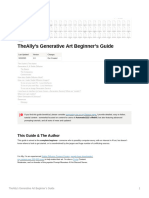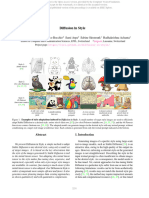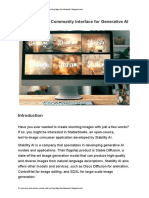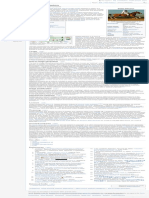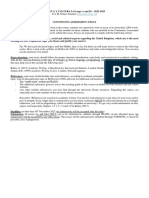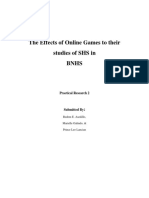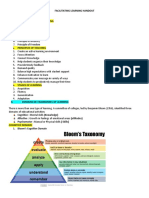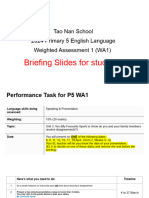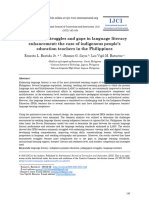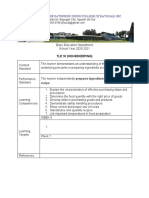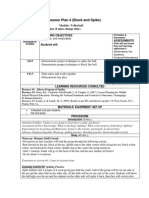0% found this document useful (0 votes)
13 views5 pagesStable Diffusion
Stable Diffusion is a deep learning model that revolutionizes text-to-image generation by using a latent diffusion model to create high-quality images from textual prompts. It offers advantages such as efficiency, customization, and versatility, making it applicable in various fields like digital art, marketing, and product design. However, it also raises ethical concerns regarding copyright, misinformation, bias, and potential job displacement in creative industries.
Uploaded by
qymrhctgukdmviqdtwCopyright
© © All Rights Reserved
We take content rights seriously. If you suspect this is your content, claim it here.
Available Formats
Download as PDF, TXT or read online on Scribd
0% found this document useful (0 votes)
13 views5 pagesStable Diffusion
Stable Diffusion is a deep learning model that revolutionizes text-to-image generation by using a latent diffusion model to create high-quality images from textual prompts. It offers advantages such as efficiency, customization, and versatility, making it applicable in various fields like digital art, marketing, and product design. However, it also raises ethical concerns regarding copyright, misinformation, bias, and potential job displacement in creative industries.
Uploaded by
qymrhctgukdmviqdtwCopyright
© © All Rights Reserved
We take content rights seriously. If you suspect this is your content, claim it here.
Available Formats
Download as PDF, TXT or read online on Scribd
/ 5
















